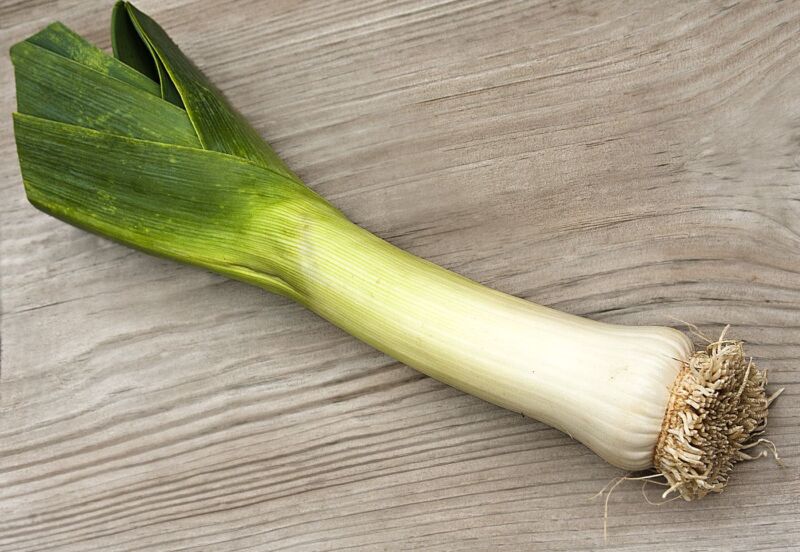The 7 Best Leek Substitutes for Cooking
As much as I love using leeks to add flavor to soups, stews, and other dishes, they can be difficult to find when not in season. As a home cook, I’ve learned the importance of knowing quality leek substitutes to use in recipes. In this article, I’ll outline the best ingredients to use when you can’t get your hands on leeks.
What are Leeks?
Leeks are a popular allium vegetable related to onions and garlic. The edible part is a long white stalk made of layered leaves that forms a cylindrical bulb at the base. The green leaves on top are usually trimmed back.
When prepared, leeks offer a more delicate and sweeter flavor than regular onions. Their taste pairs well with dairy, seafood, poultry, and creamy vegetable dishes. Leeks contain vitamin K, folate, vitamin C, and antioxidant kaempferol.
The 7 Substitutes For Leek
Shallots
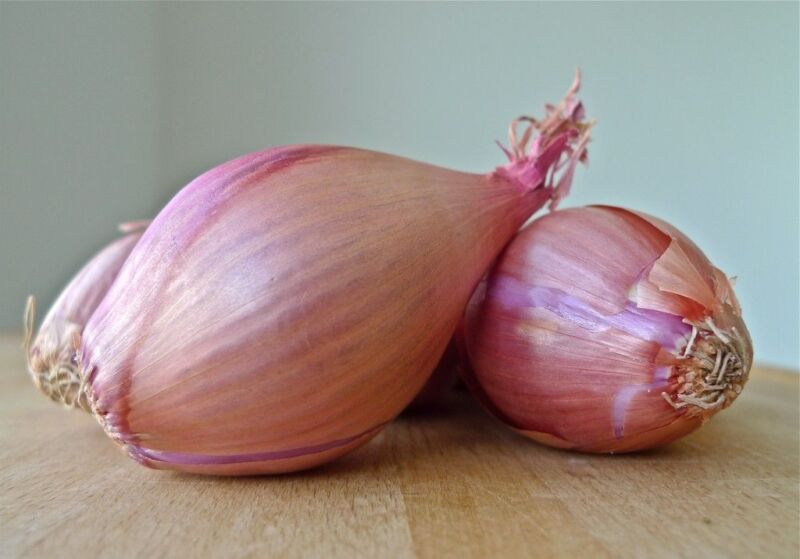
One of the closest stand-ins for leeks are shallots. They have a similar taste and appearance to leeks with their tapered bulbs and green stalks. Shallots have a complex flavor that’s sharp, sweet, acidic, and slightly spicy.
When a recipe calls for sautéed leeks, shallots can make an excellent substitution. They become tender and develop a mild sweetness when cooked. The biggest difference is that shallots are typically more expensive per pound than leeks.
For replacing leeks with shallots, you can use an equal proportion by volume or weight. If a recipe calls for 2 cups of sliced leeks, use 2 cups sliced shallots. Adjust to your taste preferences if you find shallots to be more pungent.
Garlic
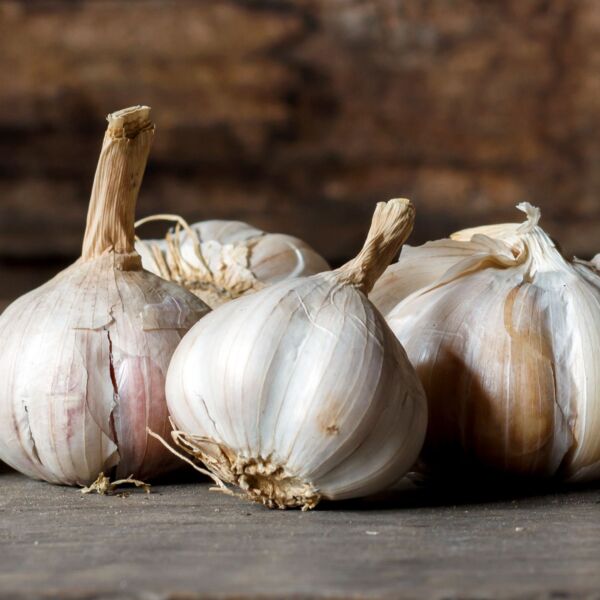
While it lacks the onion flavors of leeks, garlic can add its own punch and aroma to recipes. I consider it more of an additional flavoring than a 1:1 substitute. But garlic can fill in when you have no leeks or similar alliums on hand.
Garlic is much more pungent and deeper in taste than leeks. Use it sparingly and to your own taste preferences. As a rough guideline, substitute half a teaspoon of minced or roasted garlic for every cup of sliced leeks.
Adjust the amount down if it becomes too garlicky. When in doubt, add less garlic first then increase to taste. It can easily overwhelm other ingredients.
Celery
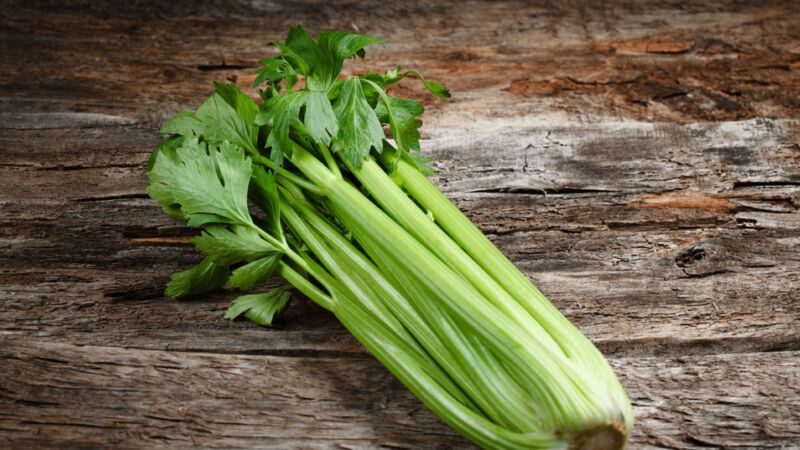
As a backup option, celery works for certain recipes lacking in other vegetable flavors. It has a different mouthfeel and texture than leeks. Celery also breaks down faster when cooked.
When substituting an equal measured amount of celery for leeks, I suggest monitoring the cooking time closely. You may need to add it later in the recipe so it doesn’t get too mushy. It’s a decent desperate option but lacks the allium punch of leeks.
Wild Ramps
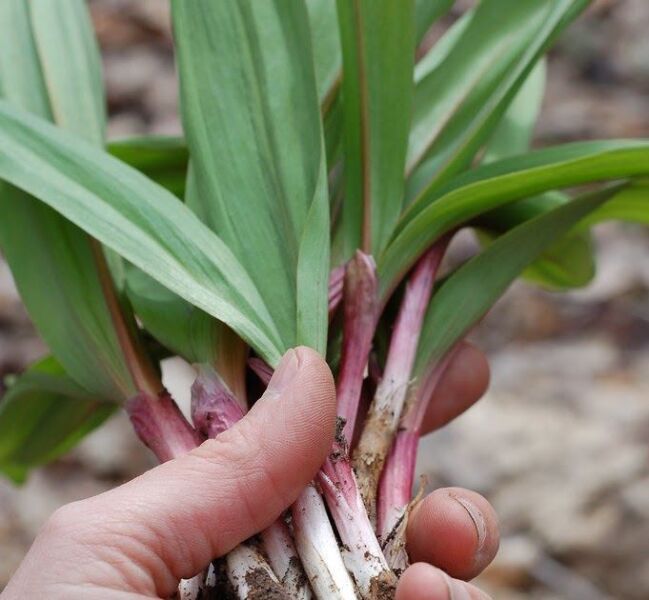
For those willing to forage, you can use wild ramps as a leek substitute when they are in season. Ramps have broad green leaves and a thin bulb that resembles leaks.
Their taste transforms when cooked, developing a mild onion-leek flavor. You can use an equal amount of cleaned and chopped ramps in place of leeks. Just watch for dirt hidden between the leaves when preparing them.
Scallions
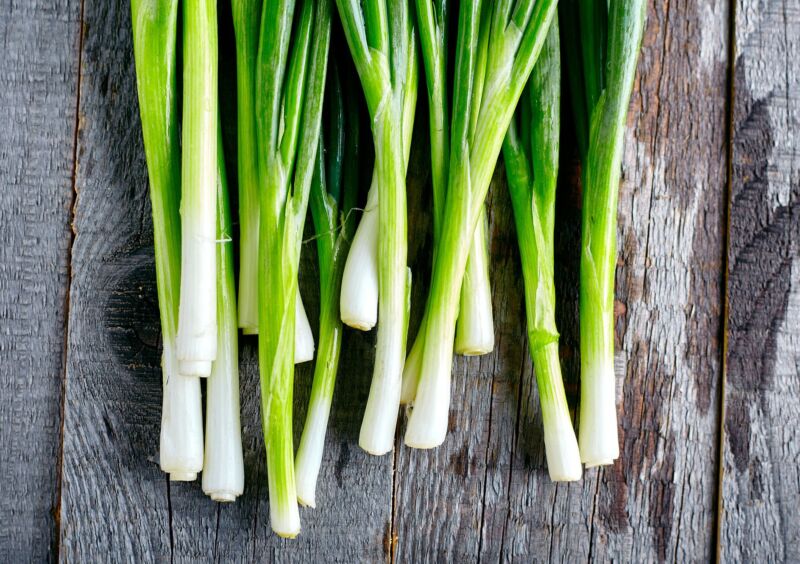
Out of all the options, scallions likely bear the closest resemblance to leeks in taste and look. They have an elongated white stalk with green ends. Scallions are milder than regular onions.
I like using scallions in place of leeks in salads, soups, and as garnishes. They have a stronger onion taste than leeks and a slightly different texture when cooked. But their flavor profile is a decent match.
For substituting leeks with scallions, a 1:1 ratio works for most recipes. Use the same measured amount of sliced scallions in place of leeks. I recommend slicing the green ends as well for brightness.
Spring Onions
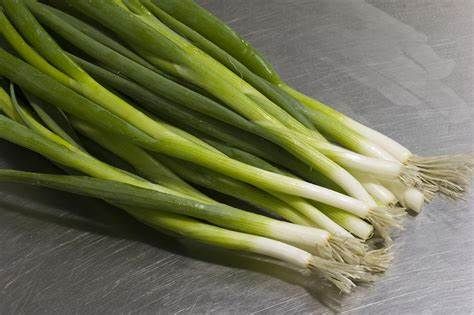
Spring onions look like scallions on steroids – they have a bulb like a regular onion but with long green stalks. The bulbs tend to be more tapered and milder in taste than round onions.
While the green tops taste similar to scallions, the bulbs are sweeter and more mellow in flavor. When cooking with spring onion bulbs, expect a different intensity of onion taste than leeks.
I like using spring onions for roasted and grilled leek recipes. You can also chop up the greens for soups, salads, and garnishes just like scallions. Use the same measured amount as you would for leeks.
Sweet Onions
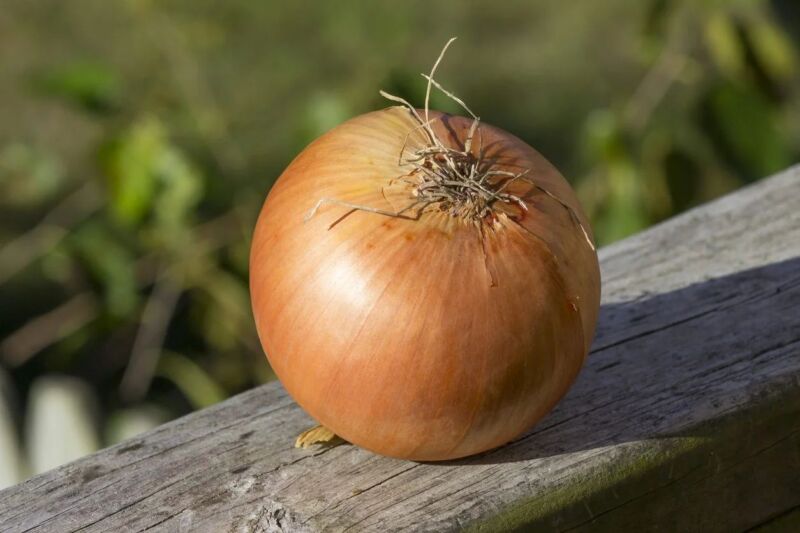
Varieties of sweet onions like Vidalia and Walla Walla can make easily accessible and affordable leek substitutes. Although stronger in onion flavor, their sweetness helps balance dishes out.
I find sweet onions work best for hearty slow-cooked dishes like soups, stews, and casseroles. The long cooking time mellows their sharpness. Just use the same measured quantity you would for leeks.
Because sweet onions are larger, you may need to use less by volume than leeks to avoid overwhelming other ingredients. But they can provide big onion taste in place of leeks!
Conclusion
When you can’t find fresh leeks for cooking, there are plenty of versatile ingredient alternatives. Shallots, scallions, spring onions, and sweet onions mimic leeks the closest in taste and appearance.
In a pinch, garlic, celery, and wild ramps can work too. Each may require flavor adjustments for the best results. Now you have lots of options to choose from the next time a recipe calls for leeks but they are out of season!
